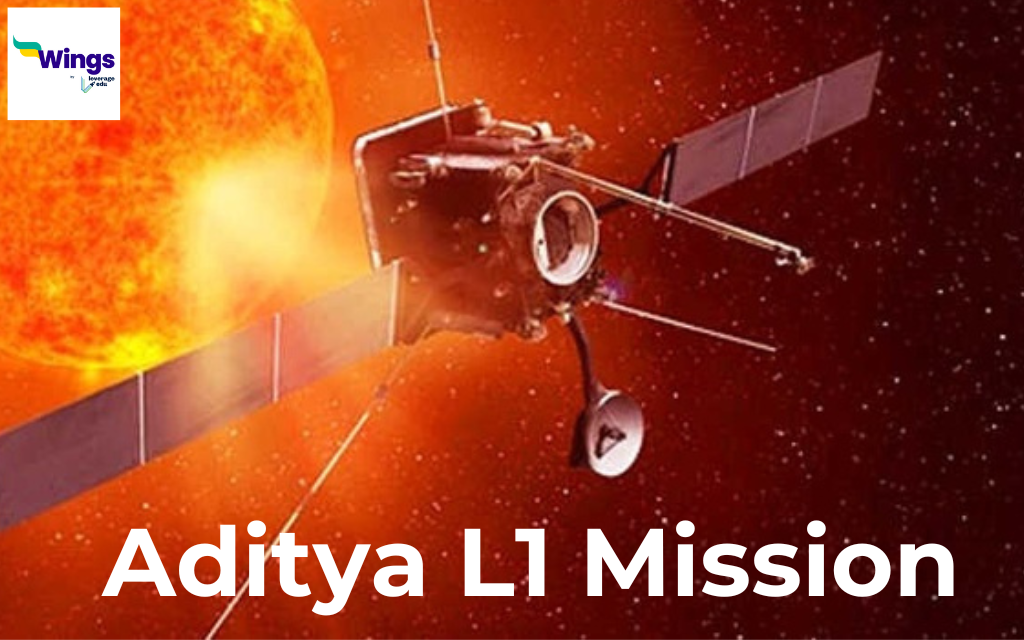After competing successfully in the mission of Chandryaan 3 our ISRO team has not stopped here, but is instead on another great and first-in-history mission, i.e. Aditya L1. We are excited to welcome the new success on India’s board. In this blog, we will highlight a little detail about this project ISRO.
About ADITYA-L1 Mission
Aditya-L1 is the main sun-oriented mission from India. The rocket is to be put in a radiance circle around the principal Lagrange point, L1, of the Sun-Earth framework. A satellite around the L1 point enjoys the significant benefit of ceaselessly seeing the Sun without occultation. This position gives a more noteworthy benefit of noticing sun-powered exercises persistently.
This project carries 7 payloads to examine the photosphere, chromosphere, and the outermost layers of the Sun (the corona) using electromagnetic and particle detectors. As per ISRO, Four payloads on Aditya-L1 will have a direct view of the Sun from the unique vantage point of L1, and the rest three payloads carry out in-situ studies of particles and fields at the Lagrange point L1.
Also Read: Congratulations Messages for ISRO on Chandrayaan 3
FAQs
It is the primary Indian mission devoted to noticing the Sun and is scheduled to be sent off on board a PSLV-XL send-off vehicle on 2 September 2023.
The Aditya-L1 mission will be sent off by Isro PSLV rocket from Satish Dhawan Space Center SHAR (SDSC SHAR), Sriharikota. Nilesh Desai made sense that it would require 127 days for the rocket to arrive at its objective, almost 15 lakh kilometres from Earth.
It is set up at the transit campus of ARIES at Haldwani, Uttarakhand.
We hope this article is a great help to you. For more such informative content and trendy blogs stay connected with Leverage Edu.
 One app for all your study abroad needs
One app for all your study abroad needs














